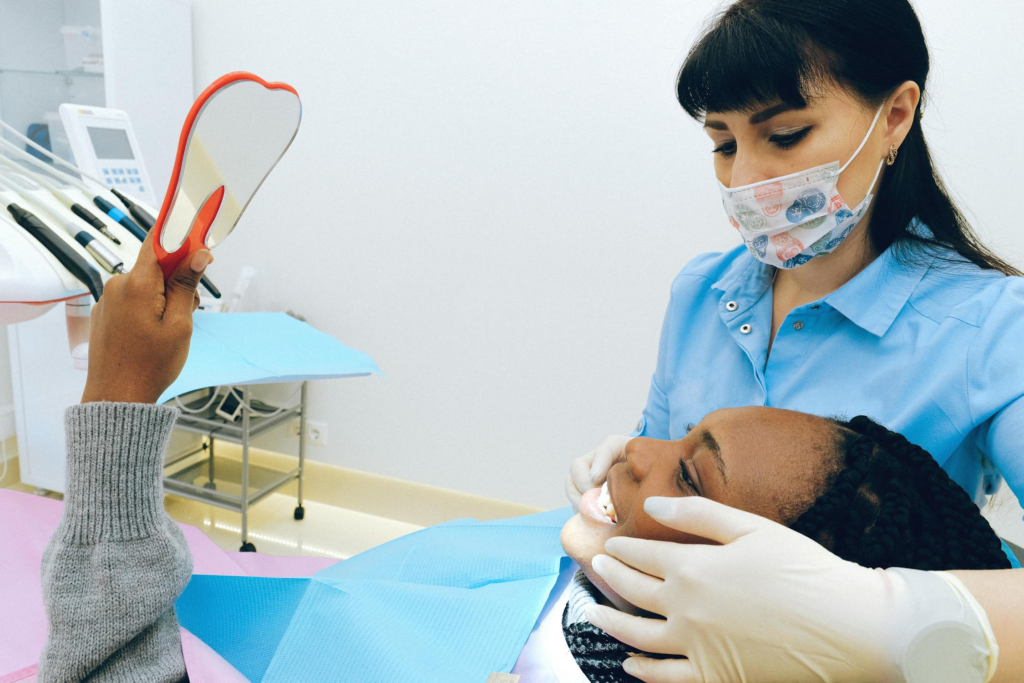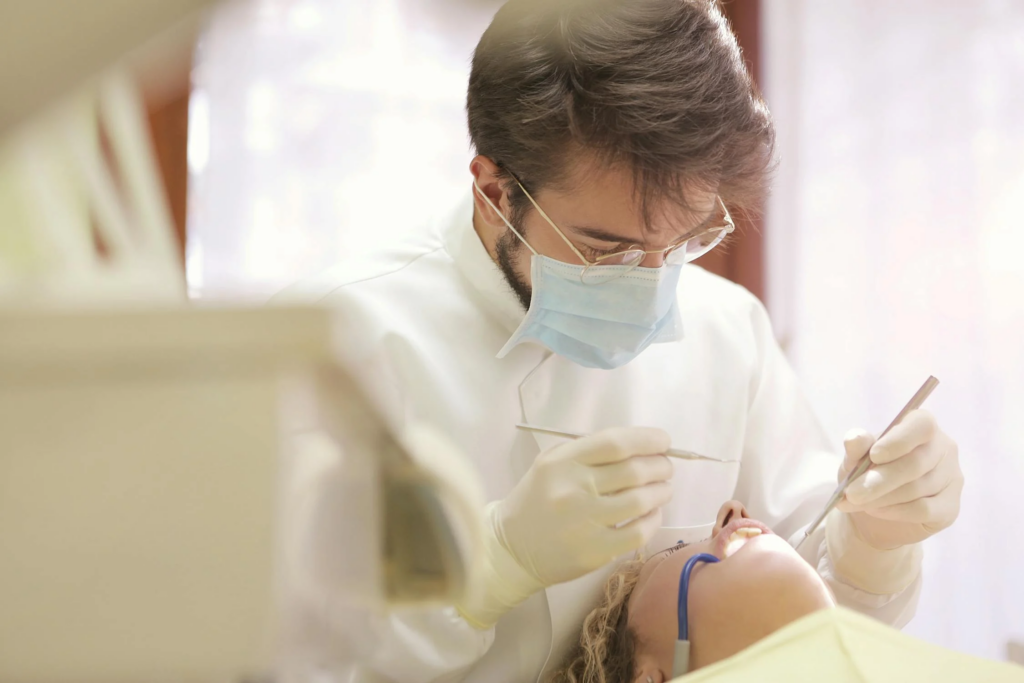Back to MedTourAI.com
Smooth Recovery: Managing Pain and Post-Operative Care After Dental Work in Costa Rica
Costa Rica has earned its reputation as a top destination for dental tourism, offering high-quality care at competitive prices that attract patients from around the globe. However, post-operative care and pain management are crucial for ensuring a smooth recovery after procedures like dental implants, extractions, or cosmetic work such as veneers.
In this comprehensive guide, we’ll explore effective strategies for managing pain and taking care of yourself after dental procedures in Costa Rica. Following these best practices can help international patients optimize their healing process and enjoy the benefits of a healthy, restored smile.

Why Post-Op Care is Essential in Dental Tourism
Post-operative care plays a vital role in preventing complications and ensuring a successful recovery. Without proper attention, issues such as infection, prolonged pain, or even implant failure may occur, potentially compromising the positive outcomes of your dental treatment. For international patients, the importance of diligent aftercare is even greater, as immediate access to the treating dentist may not always be available after returning home.
Taking control of your recovery is essential to making the most of your dental trip. While most dental clinics in Costa Rica provide detailed aftercare instructions, it’s up to you to follow them consistently for the best results.
Pain Management After Dental Procedures
Dealing with pain is a top priority after dental work, especially when you’re traveling in a foreign country. Here are some effective strategies for managing pain and promoting recovery:
1. Take Prescribed Medications:
Your dentist will likely prescribe painkillers and anti-inflammatory medications to reduce swelling and ease discomfort. Be sure to take these exactly as directed and avoid self-medicating.
2. Use Cold Compresses:
Apply a cold compress or ice pack to the outside of your cheek near the treatment area for the first 24-48 hours. This helps minimize swelling and offers temporary pain relief. Use the compress for 15-minute intervals with breaks in between to avoid skin irritation.
3. Stay Hydrated and Eat Soft Foods:
Hydration aids recovery, but avoid using straws, as the suction can dislodge blood clots—especially after extractions. Stick to soft foods such as mashed potatoes, yogurt, applesauce, and soups. Avoid spicy, crunchy, or very hot foods, as they may irritate the treatment site.
4. Get Plenty of Rest:
Rest is crucial for healing. Keep your head elevated with pillows while sleeping to reduce swelling and prevent bleeding. Avoid strenuous activities like heavy lifting or exercise, which can aggravate pain and prolong recovery.
Effective Post-Op Care for Optimal Recovery
Post-operative care goes beyond just pain management—it’s about ensuring that your mouth heals properly to avoid complications such as dry socket, infection, or implant rejection. Here are key guidelines to follow:
1. Maintain Oral Hygiene with Caution:
While good oral hygiene is important, you’ll need to be gentle. Avoid brushing directly around the treated area for the first few days, and use a soft-bristled toothbrush. Rinse your mouth gently with warm salt water (1 teaspoon of salt in a cup of water) to keep the area clean, but avoid vigorous swishing.
2. Avoid Smoking and Alcohol:
Smoking reduces blood flow to the gums, and alcohol can irritate tissues and interact negatively with medications. Both can slow down the healing process, so it’s best to avoid them completely during recovery.
3. Watch for Signs of Infection:
Be on the lookout for any signs of complications, such as increased swelling, persistent pain, excessive bleeding, or the presence of pus. If you notice any of these, contact your dentist right away—even if you’ve already returned home.
4. Follow Dietary Recommendations:
Your dentist will provide specific dietary instructions during the healing phase. Soft foods like oatmeal, scrambled eggs, smoothies, and pasta are usually safe choices. Avoid hard, sticky, or spicy foods, as these can disrupt the healing process.
5. Attend Follow-Up Appointments:
If you’re staying in Costa Rica, make sure to attend your follow-up appointments so your dentist can monitor your recovery. If you’ve returned home, keep in touch with your dentist via virtual consultations to address any concerns or questions about your progress.

Tips for International Patients: Preparing for Recovery in Costa Rica
For international patients, recovering smoothly after dental procedures in Costa Rica requires some additional planning. Here are a few tips to help you prepare:
1. Plan for a Longer Stay:
Allow yourself extra time in Costa Rica after your procedure to ensure proper monitoring by your dentist. This will give you peace of mind and time to address any complications before heading home.
2. Choose Comfortable Accommodations Near Your Clinic:
Select accommodations close to your dental clinic that offer a peaceful environment for rest. Easy access to pharmacies and healthcare facilities is also a plus.
3. Pack an Emergency Recovery Kit:
Prepare a small kit with essentials like ice packs, gauze, and any medications or supplies recommended by your dentist. This ensures you’re ready for minor recovery needs.
4. Have a Communication Plan:
Ensure you have reliable ways to stay in touch with your dentist post-procedure. Whether via email, phone, or video calls, communication is key to addressing any recovery concerns. Most reputable dental clinics in Costa Rica offer post-op support to international patients.
5. Know the Nearest Medical Facilities:
Familiarize yourself with nearby hospitals or medical facilities in case of an emergency. Keep your dentist’s contact information and local healthcare providers’ details handy.
Conclusion
Proper pain management and post-operative care are critical for a fast, smooth recovery after dental procedures in Costa Rica. By following these guidelines, paying attention to your body’s signals, and staying connected with your dentist, you’ll be well on your way to enjoying the long-lasting benefits of your new smile.




